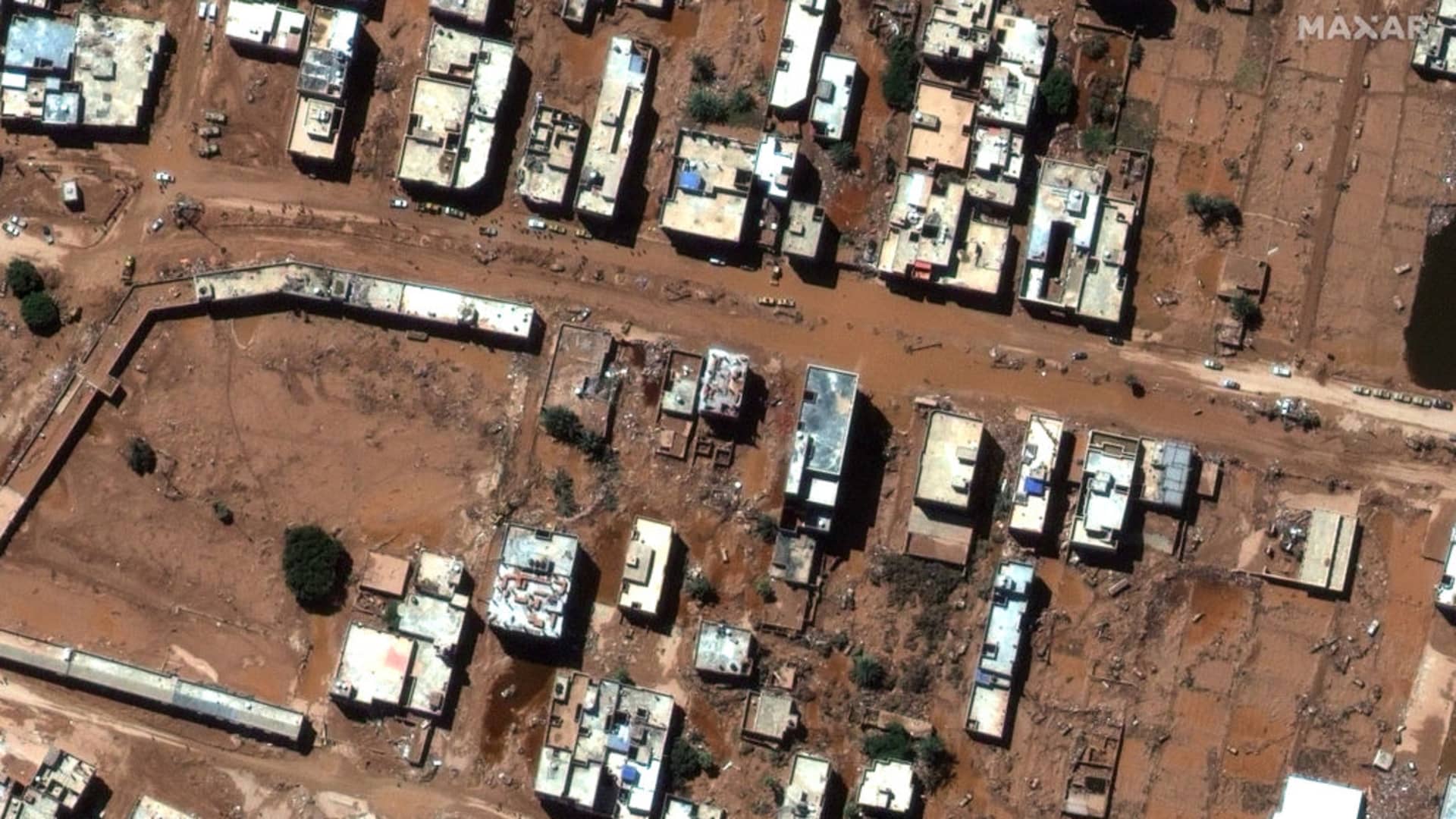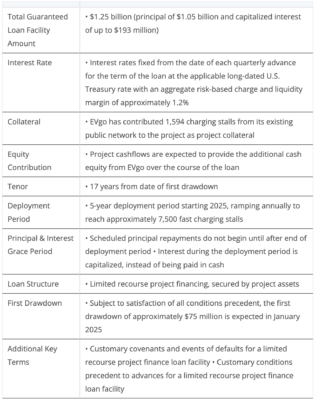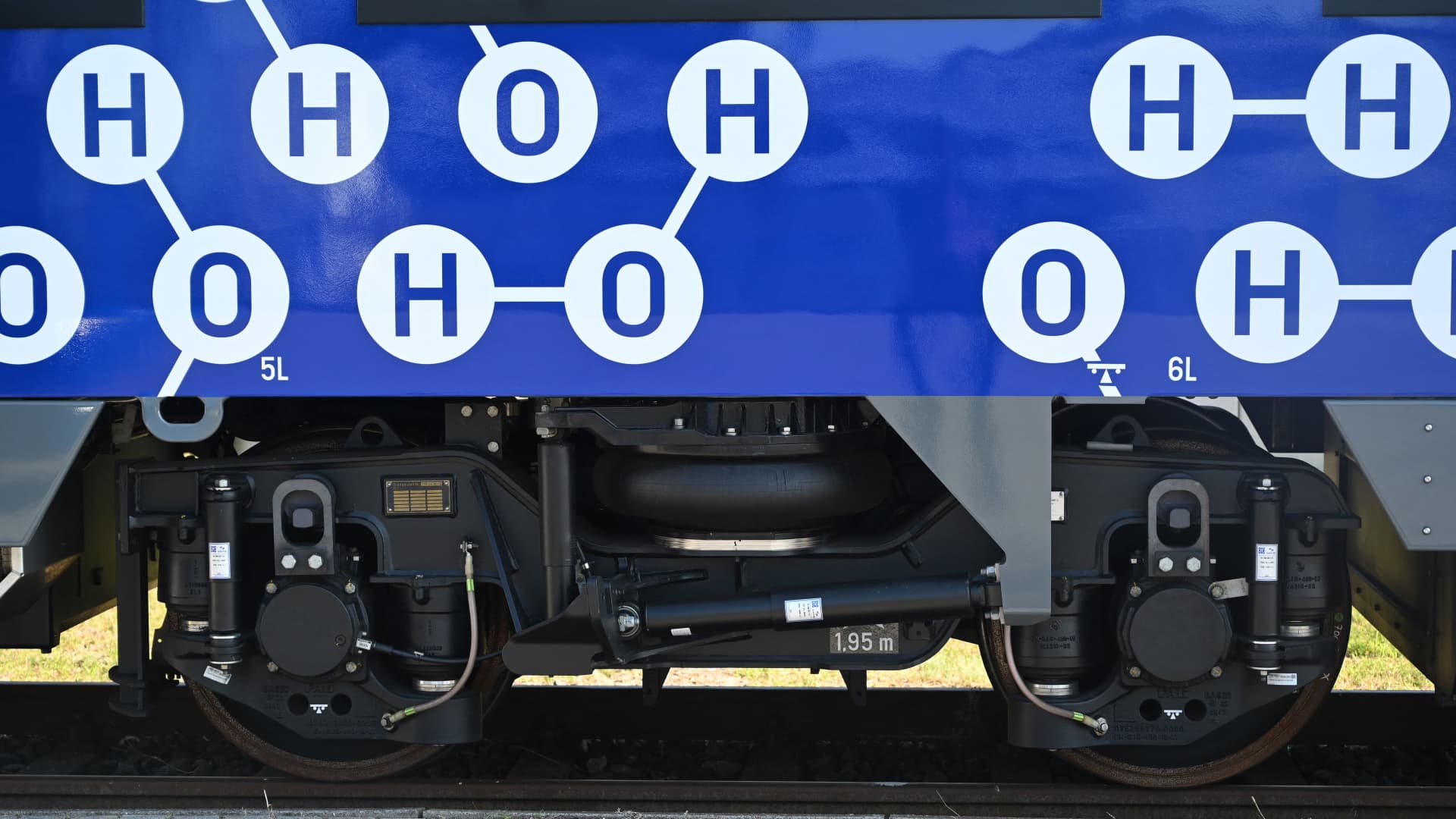Storm-ravaged Libya faces a long road to recovery as humanitarian groups ask for $71 million in aid


Storm Daniel has left Libya, a country grappling with conflict and economic crisis for over a decade, in catastrophe. With little resource for search and rescue, experts warn that humanitarian partners will need tens of millions of dollars to respond to the needs of those impacted on the ground.
According to the UN Development Programme, “humanitarian partners are requesting $71.4 million to respond to the most urgent needs of 250,000 people targeted out of the 884,000 people estimated to be in need, over the next three months.” Roula Abubaker, a spokesperson for UNDP, told CNBC the organization is still gathering data from the mission on the ground to determine the full cost of the damage.
Over 3,000 people have been killed and more than 9,000 remain missing with the toll expected to rise, according to the World Health Organization, but numbers have been difficult to verify. Meanwhile the International Organization for Migration estimates 40,000 people have been internally displaced following the storm. Medical centers are struggling to treat civilians and morgues are running out of space for the deceased.
“No matter how many pictures you see about Derna, you did not see anything. We don’t need water or food. We need specialized and experienced rescue teams,” Mohamed Elkwafi, a volunteer with the Eastern Libyan National Army Security Units in Derna, told CNBC.
The rare Mediterranean hurricane tore through dams in Libya’s eastern port city of Derna, Soussa, Benghazi, Albayda and several other cities, leaving a grim aftermath. The storm moved over land, resulting in severe flash floods and extreme rainfall that collapsed infrastructure and homes. Storm Daniel developed in early September over Greece causing fatalities before migrating to Turkey and Bulgaria and through North Africa.
Libya’s political challenge
Libya’s government has been marred by conflict since 2011 after the fall of dictator Moammar Gadhafi, who ruled the oil-rich North African country for four decades. The government was split into two administrations after renewed tensions from the rise of militias in 2014. One administration is based in the country’s east and the other in the capital Tripoli. A ceasefire was brokered in 2020 but Libya remains deeply fragmented after the Government of National Unity was formed in Tripoli in 2021.
Abdul Hamid Dbeibeh rules as the internationally recognized prime minister in Benghazi. Another rival government was formed in 2022 in the east called the Government of National Stability, leaving two parties vying for control.
Despite the deep divisions between the east and the west, when it comes to search and rescue, Mohamed Elkwafi told CNBC he has been working “with all the security units, medical teams, and rescue teams as one team.”
Libya’s reconstruction
The Central Bank of Libya convened an emergency meeting last Thursday to discuss support for the impacted areas. The bank shared the outcome on X, formerly known as Twitter: “The committee reached a number of recommendations, the most important of which is opening a bank account with the Central Bank of Libya, specifically dedicated to collecting donations from commercial banks.” The financial institution was previously split in two entities in 2014 for nearly a decade but reunified in August.
Libya’s economy has struggled since the fall of Gadhafi with decentralization, but the country’s vast oil and gas reserves, which are the biggest in Africa, remain its dominant source of revenue. While terminals initially closed, the storm has not impacted Libya’s output, which is around 1.2 million barrels per day. The World Bank projected this year a potential uptick in economic growth with help from monetary contributions if conflict ceases.
The International Monetary Fund has yet to announce financial aid but Managing Director Kristalina Georgieva tweeted: “The IMF stands ready to provide the Libyan authorities any assistance they may need.” The IMF began re-surveilling Libya in June after a decade-long hiatus.
Jalel Harchaoui, a Libya specialist and fellow at the London-based think tank Royal United Services Institute says that Derna’s road to recovery will be an expensive one.
“The 2.5 billion dinars ($51M) carved out by the Tripoli authorities is a big amount to mobilize out of budget for rebuilding, but it’s still nothing compared to the damage that was experienced,” he told CNBC.
“I think you would have to multiply this number by probably 10 or 20 to rebuild all the other municipalities.”
Last week UN Secretary General for Humanitarian Affairs and Emergency Relief Coordinator Martin Griffiths announced a $10 million emergency financial aid package for Libya. Other countries that pledged support include the EU, U.S., UK, Egypt, Qatar, Jordan, Tunisia, Kuwait, Turkey, Italy, and the United Arab Emirates.
But Harchaoui is skeptical it will be enough, adding “I think if we don’t reach $5 billion dinars then it means that there’s no real possibility of dignified reconstruction efforts.”
This post has been syndicated from a third-party source. View the original article here.




